In today’s digital world, it’s easy to assume that printed surveys have become obsolete. With the rise of online tools and digital communication, many market research companies lean heavily on digital data collection methods. However, printed surveys remain a crucial element of effective data collection, providing advantages that digital formats cannot match. From higher response rates to broader accessibility, printed surveys are still a key tool for market research professionals aiming for quality, reliable insights.
Higher Response Rates in Market Research
One of the biggest advantages of printed surveys is their ability to achieve higher response rates compared to digital surveys. While online surveys are convenient, they often face challenges such as being lost in crowded inboxes, ignored, or abandoned halfway through. For market research companies aiming to maximise data quality, printed surveys provide a tangible, personal touch that encourages participation.
When mailed directly to respondents, printed surveys stand out and demand attention. Unlike digital surveys that require a device or internet connection, a printed survey doesn’t get lost in the digital noise, ensuring a more thoughtful and considered response. Studies have consistently shown that mailed surveys often achieve higher response rates compared to online surveys. For instance, a meta-analysis by Shih and Fan (2008) found that email response rates were, on average, 10% lower than those of mailed surveys.
Similarly, a study comparing paper-based and online surveys reported average response rates of 56% for paper surveys and 33% for online surveys, indicating a 23% higher response rate for mailed surveys.
These findings highlight the enduring effectiveness of mailed surveys in achieving higher participation, especially among certain demographics.
Accessibility for All Demographics
Printed surveys are accessible to everyone, regardless of their technological proficiency or internet access. For market research companies conducting studies in rural areas, or among older demographics, printed surveys can be a lifeline. They don’t require respondents to have an internet connection or a device to complete the survey.
Certain groups, particularly older respondents or those with lower levels of digital literacy, may find online surveys daunting or difficult to navigate. By offering printed surveys, market research companies ensure that their sample is truly representative, allowing them to reach a broader, more diverse audience. This inclusivity is vital when gathering data for projects that aim to reflect a wide range of experiences and perspectives.
Increased Credibility and Trust
In a world plagued by phishing scams and online fraud, trust has become a major issue when it comes to digital surveys. Many respondents hesitate to click on unknown links or complete surveys from unfamiliar sources due to concerns about security. Printed surveys, on the other hand, come across as more trustworthy and credible.
A well-designed, professional-looking printed survey, sent via reputable mail carriers provides recipients with a sense of legitimacy. This is especially important for market research studies related to sensitive topics, such as political polling, healthcare research, or customer satisfaction, where trust in the process is paramount.
Overcoming Digital Fatigue
Digital fatigue is a real issue for many individuals in today’s technology-driven world. People are bombarded daily by emails, social media notifications, and digital ads, making it harder for surveys to stand out. In contrast, printed surveys are more likely to be noticed and completed, as they break through the digital clutter.
With printed surveys, respondents have the time and space to consider each question without distractions. This leads to more thoughtful, accurate answers. Additionally, printed surveys are often perceived as more personal and less intrusive, which can lead to more meaningful engagement.
Flexibility and Convenience for Respondents
Printed surveys provide respondents with the freedom to complete the survey at their own pace. Unlike online surveys that often require continuous internet access, printed surveys can be filled out at any time and returned at the respondent's convenience. This flexibility increases the likelihood of survey completion, especially when participants are busy or unable to respond immediately.
Moreover, many respondents prefer the physicality of writing answers on paper, especially for open-ended questions. The tactile experience of completing a printed survey can help respondents feel more engaged and connected to the research process.
It is also true that printed surveys can illicit more than one response. By including 2 surveys within a single envelope to a household, is likely to increase response rates if the survey is of interest to the recipients.
Personalisation for Enhanced Engagement
Thanks to modern print technologies, market research companies can personalise printed surveys, making them even more effective. With variable data printing, surveys can be tailored to each recipient, addressing them by name or including location-based questions. Personalisation not only makes the survey feel more relevant to the recipient, but it also increases the chances of a higher response rate.
Personalisation can be further enhanced by including a personalised cover letter or offering incentives, such as a pre-paid return envelope or a small reward for completion. This additional level of engagement helps market research companies foster a positive relationship with respondents, leading to more accurate and valuable data.
Combining Print and Digital for a Comprehensive Approach
While printed surveys offer significant advantages, they don’t need to replace digital surveys. The best approach is often a hybrid one, where printed surveys are distributed alongside digital versions. This ensures that respondents can choose the format that best suits them, maximising participation and providing diverse data collection options.
One powerful tool for combining print and digital surveys is the use of QR codes. These codes allow respondents to easily transition from a printed survey to a digital platform. A printed survey might include a QR code, allowing recipients to choose between completing it online or using the paper version, thus streamlining the process and increasing response rates.
Another driver for delivering results for market research companies is to advise the recipients that a survey is imminent via a text message. SMS is also a powerful tool for reminding the recipients to complete a survey they have received. Combined with the printed version of the survey the recipient is more likely to feel comfortable in responding than via a single point of contact such as an email.
Eliminating User Input Errors with Personalised QR Codes
By incorporating unique personalised QR codes, market research companies can eliminate user input errors, ensuring accurate data collection. Rather than requiring respondents to manually type in long URLs or codes, a simple scan of a personalised QR code takes them directly to their survey, eliminating the chance of mistakes. This significantly reduces the chance of invalid or incomplete submissions, which is often a problem in traditional data collection methods.
Tailored QR Codes for Enhanced Data Collection
QR codes can be further personalised, with each recipient receiving a unique code that directs them to a tailored landing page. This allows market research companies to customise the survey experience for each respondent, ensuring the right questions are asked to the right people. For example, a respondent could be directed to a personalised survey based on their demographics or past survey responses.
Alternatively, QR codes can be directed to a generic landing page, where respondents can use a unique printed password to access their specific survey. This method ensures that each respondent gets a personalised experience, while still maintaining security and anonymity.
This multi-channel approach not only makes the survey process easier for respondents but also increases the likelihood of higher response rates and more accurate data, as respondents are presented with a method of completion that aligns with their preferences.
Ensuring Confidentiality and Anonymity
In certain market research fields, particularly in healthcare, employee feedback, or political polling, confidentiality and anonymity are key concerns. Printed surveys offer a level of privacy that many respondents find reassuring. Unlike digital surveys, which can sometimes be traced or linked to online activity, printed surveys offer a more anonymous method of data collection.
This can encourage more honest and candid responses, especially when respondents are answering sensitive questions. As a result, market research companies can collect more accurate and reliable data that truly reflects the experiences and opinions of their target audience.
The Enduring Value of Printed Surveys
Despite the rise of digital technology, printed surveys remain an indispensable tool for market research companies. From higher response rates to broader accessibility and enhanced credibility, print offers numerous advantages that digital surveys simply can’t match. By leveraging the power of printed surveys alongside digital methods, market research companies can ensure they reach a wider audience, collect more accurate data, and build trust with respondents.
Printed surveys and invitations to surveys are not just a relic of the past, they are a crucial part of the present and future of market research.















